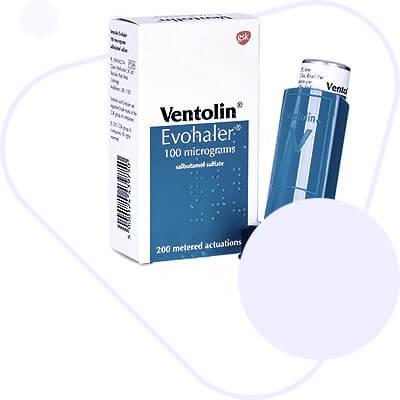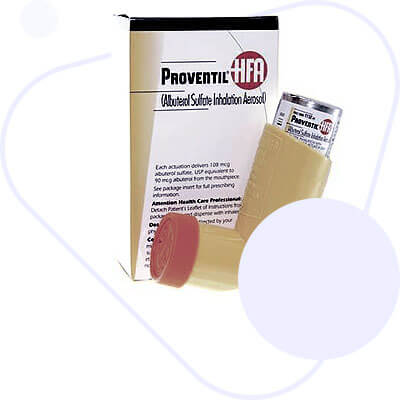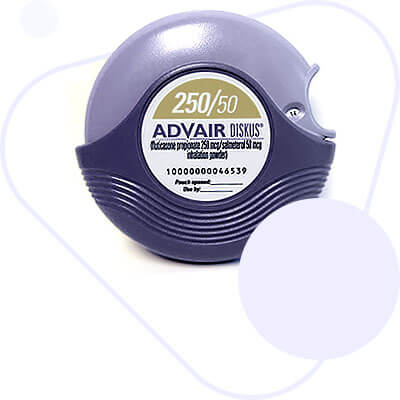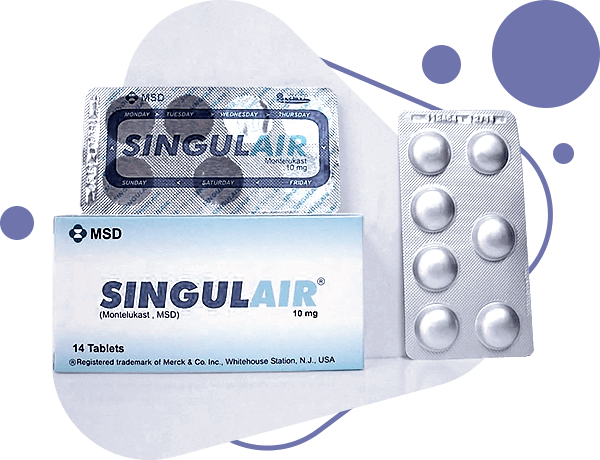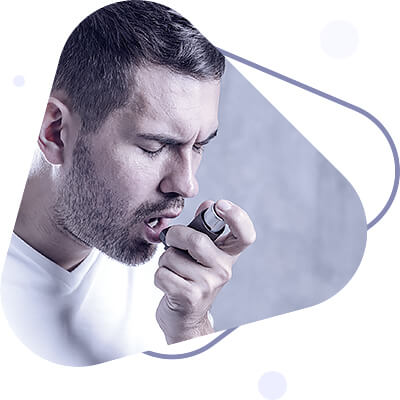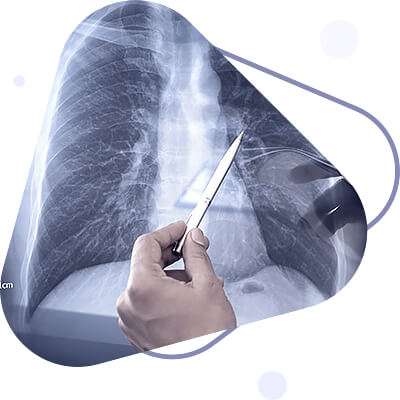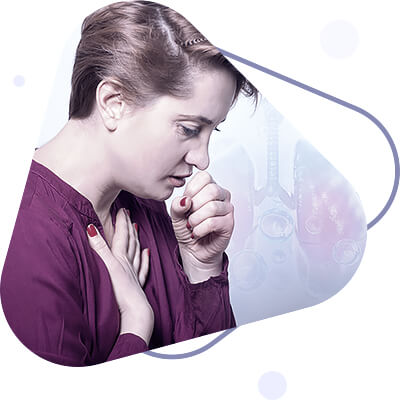Some facts about the product
Composition
The active ingredient of the drug is a substance of new generation Montelukast, which has a bronchodilator effect.
Additional ingredients: manitis, hydroxypropylcellulose, magnesium stearate.
Composition of the shell: titanium dioxide, hydroxypropyl cellulose, carnauba wax, hypromellose, and iron oxide dyes.
Form of release
Filmed film-coated tablets with light beige color, square shape and round edges. Packed in blisters and cardboard boxes with instructions for use.
Tablets for chewing are convex on both sides, pink, oval-shaped. On one side of the pill is the pressed name "Singulair", on the other side - "Msd 117".
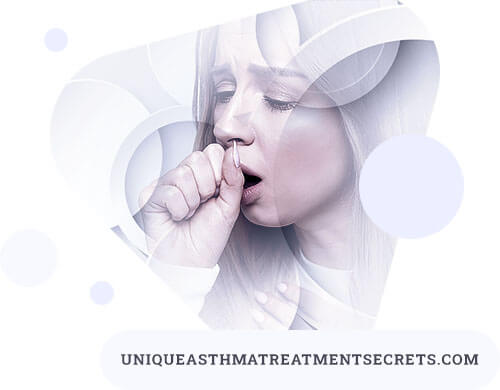
Pharmacotherapeutic group
Singulair (Latin for Singulair) is intended for systemic administration in obstructive diseases and lesions of the respiratory system. It is a selective blocker of leukotrienes receptors.
Pharmacology
Montelukast is the active pharmaceutical ingredient in the drug Singulair. This substance is part of a range of newer drugs that can effectively dilate the bronchi. It selectively turns off the leukotriene receptors of bronchial tissues and lungs, preventing their spasm, prevents sputum formation, capillary permeability, an increase in the number of eosinophils. This fact is explained by the fact that cysteinyl leukotrienes are considered powerful mediators of inflammatory reactions. Proasthmatic mediators, by attaching to cysteinyl leukotrienes receptors in the respiratory system, contribute to bronchospasm, due to excessive mucus secretion. Cysteinyl leukotrienes have a significant effect on the onset of rhinitis of allergic etiology.
Under the influence of an allergen, any stage of an allergic reaction is accompanied by the release of cysteinyl leukotrienes on the mucous membranes of the airways. This leads to nasal passageway obstruction and the manifestation of asthmatic symptoms and allergic runny nose.
Montelukast, which is highly affinity, selectively identifies CysLT1 receptors from others, which helps inhibit the physiological action of LTD4. This achieves a bronchodilator effect regardless of the stage of the disease.
Pharmacokinetics
Oral administration of montelukast is due to its immediate absorption by the walls of the digestive tract. Consumption of food does not delay its bioavailability and achievement of peak plasma concentration of the drug.
Adults taking Singulair tablets in 10 mg doses contribute to reaching the highest concentration of the active element in plasma after 3-4 hours. Its volume at the site of action in the body reaches 64%.
Taking 5 mg chewable tablets on an empty stomach, maximum serum accumulation in adults is reached after about two hours, and the bioavailability is 73%.
When 4 mg chewable tablets are used by children aged 2 to 5 years, the limit serum accumulation occurs two hours after the drug is consumed. The average bioavailability is 66% higher than in adult patients as a result of using Singulair 10 mg tablets.
Montelukast attaches to blood serum proteins by almost 99%. The volume of dispersal of the substance, considering the averages, reaches 8 - 11 liters.
The metabolism of the active ingredient montelukast occurs dynamically in the liver, involving microsomal enzymes of cytochromes P450 3A4 and 2C9.
In adults, the serum excretion of montelukast reaches 45ml/min. The oral type of the drug is 86% excreted with the feces for about 5 days, and less than 0.2% of the substance is excreted with the urine.
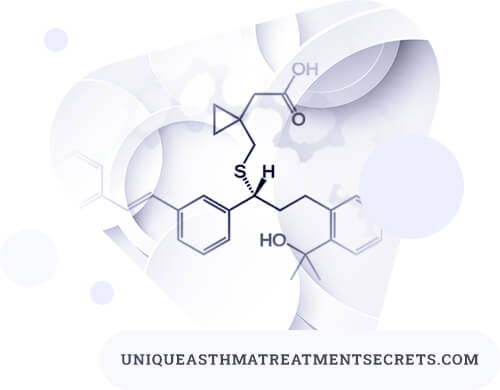
The elimination time of half of the substance montelukast from the adult body varies from 2.7 to 5.5 hours. Disturbances of pharmacokinetics do not occur in case of using the drug at different times of the day. Slight accumulation of the active element in the serum may be observed in case of single use of 10 mg tablets per day.
In elderly patients using a single dose of 10 mg, the limit plasma concentration of the active element and pharmacodynamics are indistinguishable from those in younger patients. Only the half-life of the drug in elderly people differs. The process is slower. But this fact does not provide for dosage correction.
Also, patients with an uncomplicated form of liver failure do not need to change the dosage. No studies of the pharmacokinetics of montelukast in patients with hepatitis and severe hepatic impairment syndrome have been performed.
Patients with renal disease also do not require dosage adjustments. Since metabolites of the active component are not excreted with the urine, therefore no studies in this area have been conducted.
Indications and clinical characteristics
As adjunctive treatment for bronchial asthma in patients with persistent mild to severe asthma that cannot be controlled with inhaled corticosteroids. Also when the disease is weakly affected by short-acting β-adrenoreceptor antagonists used as needed.
It is used for preventive purposes, therapy of asthma in adults and children. The medicine eliminates symptoms of the ailment at any time of the day, is effective for patients who are sensitive to aspirin, reduces the likelihood of bronchospasm after physical labor.
Prophylactic and therapeutic agent for rhinitis of allergic nature, both seasonal and persistent.
Dosage and order of ingestion
Regardless of eating, the tablets are taken orally once a day. According to the instructions, in the therapy of asthmatic syndrome, Singular is preferably taken after sunset. For the therapy of allergic runny nose, the time of taking the drug is not crucial. Patients with asthmatic syndrome and allergic rhinitis must consume one tablet before bedtime to achieve the desired effect.
Adult patients and children from 15 years of age use the drug in a dosage of 10 mg per day.
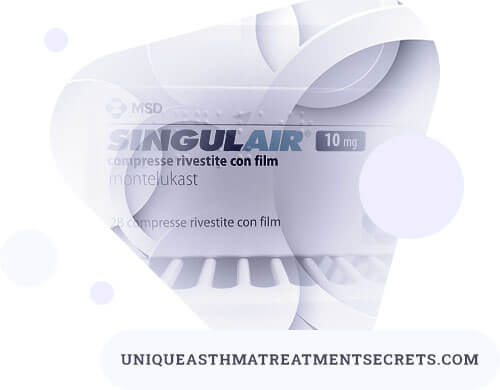
Children aged 6 to 14 years are recommended to use the chewable tablet form, which is represented by a dosage of 5 mg. The dosage in this case is not subject to adjustment.
Children 2 - 5 years old are recommended to use Singular at 4 mg per day, mainly in the form of chewable pills.
In allergic rhinitis, the dosage period is determined by the attending physician.
Special directions for use
Singular is not recommended to use during sudden worsening attacks of bronchial asthma. In the acute period of the course of the disease, patients should take medications that arrest and suppress asthmatic attacks. The dose of inhalation drugs used together with Singulair is reduced gradually and only after monitoring by a doctor. Montelukast-based medications should not be spontaneously replaced with other oral medications or inhaled glucocorticosteroids.
Reducing the main therapeutic dose for patients using anti-asthmatic drugs provokes the risk of single or multiple adverse events. Although there is no relationship between cause and effect of adverse events in combined treatment with leukotriene receptor blockers, it is important to be attentive and timely undergo all clinical examinations when reducing the target dose of corticosteroids, patients who use Singulair concomitantly.
Compatibility with other drugs
Singular tablets are compatible with a wide range of pharmaceuticals prescribed for prophylactic purposes for long-term therapy of bronchial asthma. The recommended dose of Montelukast does not lead to disruption of the therapeutic effect of the following drugs: prednisolone, theophylline, prednisone, hormonal contraceptives, warfarin, terfenadine, and digoxin.
When simultaneous therapy with glucocorticoids in the form of inhalation with this medication, the therapeutic effect is enhanced. Once the symptoms of the disease have subsided, the dose of glucocorticoids is reduced systematically under the supervision of a doctor. For some patients, complete cancellation of inhaled forms of treatment is allowed. Inhalation with glucocorticoids should not be abruptly compensated by taking Singular.
Side effects
Most often the drug is tolerated quite well. Side effects occurring during therapy are usually of mild form, which does not entail the need to interrupt treatment. The following manifestations were often noted:
- eosinophilic infiltration of hepatic tissues;
- feeling of weakness, malaise;
- difficulty in breathing, cough;
- dyspeptic phenomena accompanied by pain, vomiting, nausea;
- skin rash;
- urticaria, angioedema, anaphylactic reaction;
- occurrence of hematomas, bleeding;
- edema;
- depressive states, sleep and memory disorders.
In rare cases, the following symptoms appear:
- psychomotor excitability, involuntary trembling;
- cephalgia, dizziness;
- disorientation in space, sleep disturbances, increased fatigue;
- aggression, hallucinations;
- dry mouth;
- churg-Strauss syndrome, pulmonary eosinophilia;
- childhood enuresis;
- pyrexia.
Effect of the drug on the ability to operate moving machinery and motor vehicles
There have been no data confirming that the use of the drug leads to impairment of the ability to operate moving mechanisms and vehicles.
Storage conditions
Store the drug in the original container, not exceeding the temperature of 30 ° C, in a place restricted to children.
Pharmacy sales category
Prescription list.
| SINGULAIR | Placebo | |||||
|---|---|---|---|---|---|---|
| Endpoint | N | Baseline | Mean Change from Baseline | N | Baseline | Mean Change from Baseline |
| Daytime Asthma Symptoms (0 to 6 scale) | 372 | 2.35 | -0.49* | 245 | 2.40 | -0.26 |
| β -agonist (puffs per day) | 371 | 5.35 | -1.65* | 241 | 5.78 | -0.42 |
| AM PEFR (L/min) | 372 | 339.57 | 25.03* | 244 | 335.24 | 1.83 |
| PM PEFR (L/min) | 372 | 355.23 | 20.13* | 244 | 354.02 | -0.49 |
| Nocturnal Awakenings (#/week) | 285 | 5.46 | -2.03* | 195 | 5.57 | -0.78 |
| *p<0.001, compared with placebo | ||||||
Leukotriene receptor antagonist - Singulair in the treatment of bronchial asthma in children
With the help of the anti-leukotriene drug singular it is possible to effectively treat children with mild to moderate bronchial asthma. Concomitant allergic manifestations are reliably reduced and even disappeared.
In 1979, Bengt Samuelson and colleagues discovered a new group of arachidonic acid metabolites formed by lipoxygenase from leukocytes. These components came to be called leukotrienes (LT). It was soon discovered that the slow-reacting substance of anaphylaxis consists of three cystenyl-containing leukotrienes: LTS4, LTD4, and LTE4. LTS4 is the first to be formed and is successively transformed by enzymes into LTD4 and LTE4. In humans, each cystenyl leukotriene (CLT) has a potential biological activity. Leukotrienes do not accumulate in cells, but after cell activation they are formed from arachidonic acid, which is released from phospholipid membranes by phospholipase A2. Arachidonic acid is metabolized by enzyme 5 lipoxygenase and forms LTA4. The unstable and inactive leukotriene LTA4 forms LTV4 and LTS4. LTS4, under the influence of enzymes, is sequentially metabolized into LTD4 and LTE4 by extracellular systematic cleavage of the peptide side chain of LTS4. LTTE4 is then degraded or excreted in the urine. LTS4 and LTD4 cause smooth muscle spasm, increased eosinophil counts, edema, and mucus secretion. Leukotrienes can activate receptors on other cells. CLTs activate a specific class of receptors called CLT-receptors. Leukotrienes can be produced by mast cells, basophils, eosinophils, and macrophages.
Cystenyl leukotrienes were found to have the strongest constrictor effect on airway smooth muscle in vitro, 10,000 times stronger than histamine, and to cause other effects characteristic of bronchial asthma, such as tissue edema, mucus secretion, and stimulation of cellular infiltration of lung tissue, which allowed cystenyl leukotrienes to be classified as mediators of asthmatic airway obstruction. As a result of these observations, a potentially new class of anti-asthmatic drugs, antileukotrienes, was discovered. Antileukotriene drugs are divided into leukotriene antagonists and leukotriene synthesis inhibitors.
In the Russian national program "Bronchial asthma in children. Treatment and Prevention Strategy", adopted in 1997, notes that asthma in children, regardless of its degree of severity, is a chronic inflammation of the airways, and drugs with anti-inflammatory activity, acting on acute and chronic inflammation, should be used to control the course of the disease.
As is known, about 70% of children with bronchial asthma are patients with mild to moderate forms of the disease. It is these patients that the pediatric allergist and pulmonologist encounter on a daily basis in their daily work. To prevent the development of severe bronchial asthma and disability of children, it is necessary to develop adequate treatment regimens for these very forms of the disease.
A feature of the course of bronchial asthma in children is that they often have other concomitant allergic manifestations, such as allergic rhinitis, conjunctivitis, skin and gastrointestinal allergic manifestations. This predetermines the necessity of systemic influence on various links of allergy pathogenesis.
Montelukast (singulair) is a specific (selective) oral active cystenyl receptor antagonist. It is administered to children from the age of 6 years in a dose of 5 mg once daily before bedtime in the form of a tablet to be chewed.
Controlled multicentric studies of singular have shown that the drug reduces asthma symptoms (daytime, nighttime), improves pulmonary function, reduces the number of exacerbations, reduces the frequency of bronchodilators, reduces bronchial hyperresponsiveness, including to physical activity, and is effective in patients with hypersensitivity to aspirin. A double-blind study conducted in 336 children aged from 6 to 14 years showed that after eight weeks of treatment, patients had improved values of external respiratory function (EPR1).
Singulair is not used to treat acute attacks. Today, it is recommended for the treatment of children with mild to moderate bronchial asthma. According to our data, at similar duration of treatment (1 month) with singulair - instead of Intal - children reliably reduce the frequency of attacks and the need for bronchodilators. When increasing the duration of therapy with singulair (more than two months), there is a statistically significant decrease in the daily variation of peak expiratory rate, determined during monitoring of respiratory function with a peak flow meter. A very important positive effect of singulair treatment is a significant reduction or disappearance in some children of concomitant allergic manifestations (in particular, rhinoconjunctivitis) and positive dynamics of the skin process.
Given the fact that bronchial asthma is a chronic disease, the duration of therapy is determined by the course of the disease and may continue throughout life.
Singular can be used in combination therapy together with other drugs of preventive action. It prevents bronchoconstriction to triggers (exercise, allergen), improves the bronchodilator effect of salbutamol on lung function, reduces nocturnal asthma symptoms.
Recent studies have shown that after prescription of oral corticosteroids, cells of inflamed airway tissues continue to secrete leukotrienes. Thus, leukotriene antagonists have additional potential clinical benefit in patients receiving inhaled or oral corticosteroid therapy.
By: Dr. Jai Jalaj


